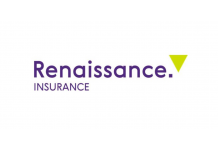The Government’s Online Sales Tax Plan Is Terribly...
- 11.03.2022 02:30 pm
As Financial Year-end Approaches, Demand for Tax...
- 08.03.2022 08:30 am
Alfa Romeo F1 Team ORLEN and Hyland: a Partnership for...
- 02.03.2022 04:20 pm
Spandana Spoorthy Provides Key Business Updates,...
- 23.02.2022 10:00 am
Gala Technology CEO Wins European Entrepreneur Award
- 15.02.2022 06:00 pm
Ledgible Announces Crypto Staking Tax Options in Light...
- 04.02.2022 12:00 pm
FairX Retail Futures Poised for Significant Growth as...
- 03.11.2021 01:15 pm
Renaissance Insurance Teams up with Mains Lab to...
- 26.10.2021 12:10 pm
Assure Hedge Launches X Hedge, a Platform Allowing Any...
- 21.09.2021 06:40 pm
Binance Charity Launches NFT Tree Planting Project ‘...
- 21.09.2021 09:30 am
Nokian Tyres Plc Announces its Mid-term Growth...
- 08.09.2021 12:20 pm
'The Future Is Now' - Asia Digital Financial...
- 01.09.2021 12:30 pm






















